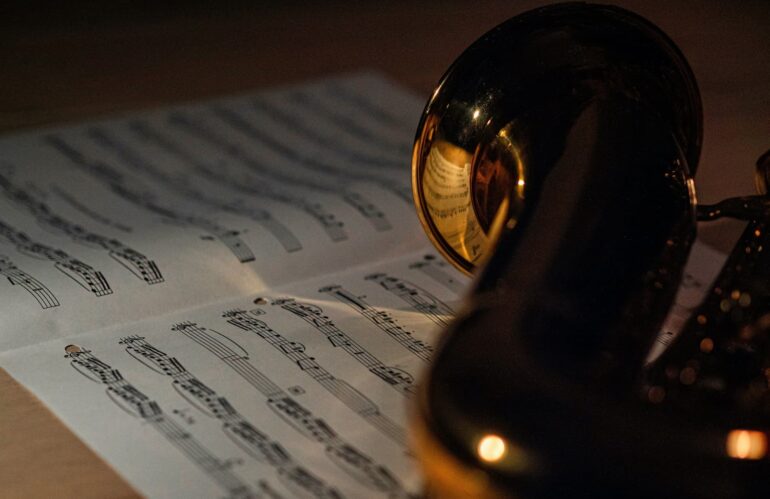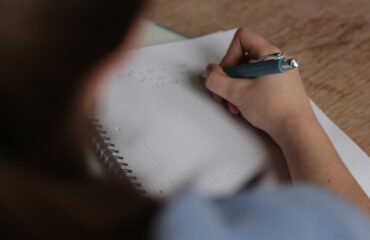Have you ever seen pro musicians run through scales so well that you get intimidated if you can ever do anything close? You’re not alone, and this guide is here to help.
Whether you’re a pianist, singer, or saxophonist, hitting the right note is one fundamental skill you can hone by practicing solfege at home. Here are some handy tips to help you practice solfege at home, even if you’ve never tried it before.
What Is Solfege and Why Does It Matter?
Solfege is a system where each note on the musical scale gets assigned a syllable:
Do – Re – Mi – Fa – Sol – La – Ti – Do
Also called the major scale, this musical ladder helps musicians recognize and reproduce pitches by ear. Consider it the ABCs of music, your foundation for building harmonic and melodic frequency.
By learning and practicing Solfege, you can develop your musical ear and learn to sight-sing or read music. You’re also able to build confidence in pitch accuracy, so it’s easier to hit the right notes.
It doesn’t matter whether you’re a singer, instrumentalist, or total newbie; solfege helps you to appreciate and understand music at a deeper level.
Since solfege requires using your voice, your body must be relaxed. Begin each practice session with 10 minutes of simple relaxation exercises, such as lying on your back or sitting on a chair.
During relaxation, breathe in slowly and deeply while concentrating on tense areas of your body. The goal is to relax your body so your breathing gets adequately relaxed.
Practice singing the notes of the scale loudly, while ascending and descending. The simple practice helps to reinforce your note recognition and boost your confidence. Begin by slowly focusing on clarity and accuracy, with no pressure to rush through. Gradually pick up your temp, repeating the process until scaling becomes seamless, regardless of speed.
Once you’re comfortable singing the full scale, try singing at intervals—pairs of notes to sing one after the other. Doing so trains your ear to recognize distance and direction.
Using a musical instrument is an excellent way to preview the musical accuracy of your notes. For your solfege exercise, we recommend using a piano, because piano notes are softer on the ear.
Say or sing the syllables slowly as you play each note. That’s the first and most critical step to mastering the solfege—getting used to how each syllable sounds!
Sing a note and play it on a piano to check if you’re on pitch. For instance, sing “re” on the C major scale and see if it matches the “D” key on the piano. Feel free to reverse this sequence if you find the first too difficult. Play the note first, then sing it, and finally play it to check if you’re on pitch.
Consider using a digital recording device like Zoom with advanced features that allow you to modulate the sound. Otherwise, you could use simpler voice recorders like Song, Olympus, or just a phone. While listening to your recordings, you’re able to pinpoint errors and retune your skills.
Even if it’s your first time (or umpteenth time failing to sing accurately), sing the notes with energy and confidence. Whether or not you make mistakes, what’s vital is infusing dynamism and power into our voice.
Singing with enthusiasm and energy will work in your favour, helping you to progress quickly. Remember to produce enough lung pressure when you begin a note (and while you’re holding it) to maintain a consistent pitch.
Conclusion
Solfège might come across as a tiny part of music education, but its impact is huge. By practicing notes with your piano, you learn to identify and sing pitches accurately. While these tips can help you swiftly master solfege, consider joining an oblin community for more assistance and practice to enrich your learning experience.






